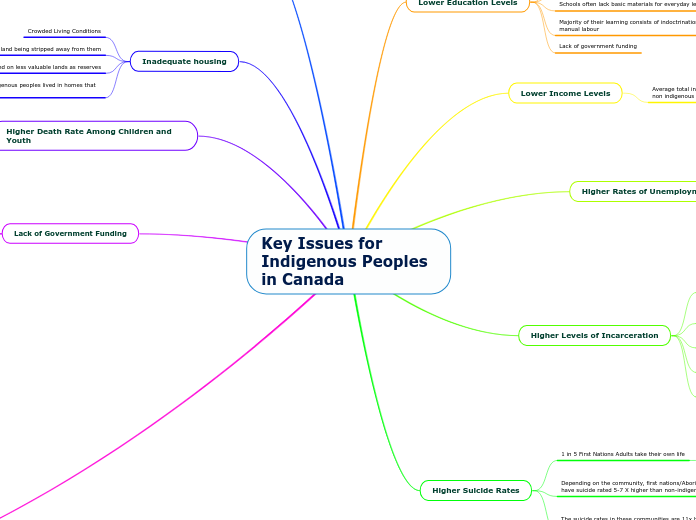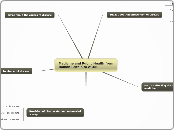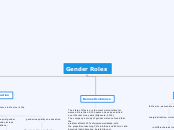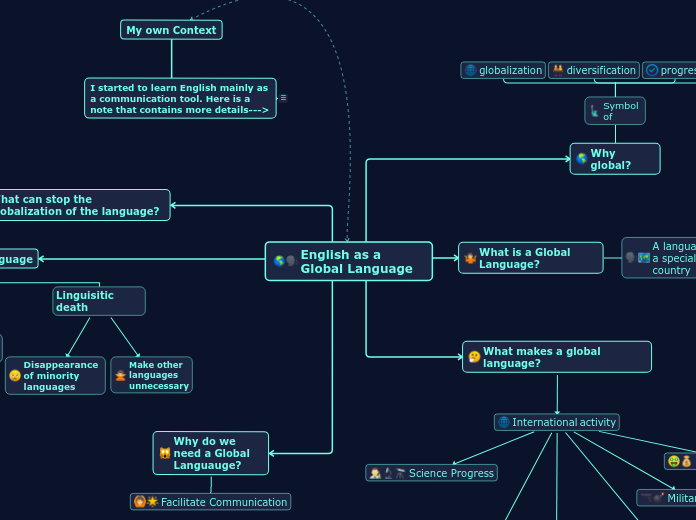によって Thomas Miekus 4年前.
175
Key Issues for Indigenous Peoples in Canada
Indigenous communities in Canada face numerous interrelated challenges that significantly impact their well-being. A primary issue is the lack of government funding, which affects various sectors including healthcare, education, and mental health support.









